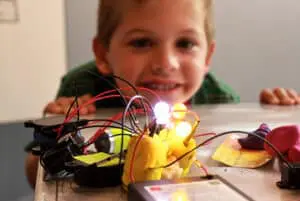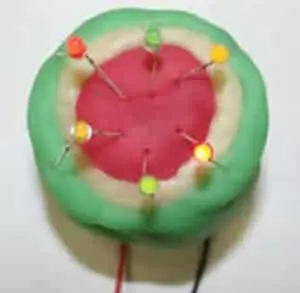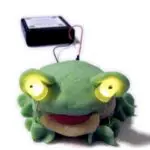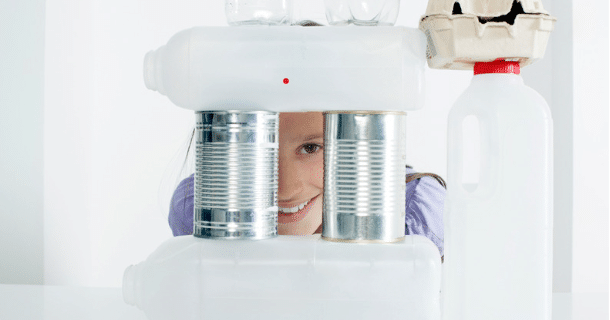Activity Content Sections
Instructions
Relevant Terminology
Conductor: A material that transmits heat, electricity, or sound.
Current: The rate of flow for an electric charge, or how much electricity is flowing. A strong current means that a lot of electricity is flowing.
Insulator: A material that does not transmit electricity.
Voltage: A force that pushes electrons (as electricity) through a circuit.







5 Comments
sounds like it students would find it fun and learn a lot